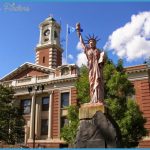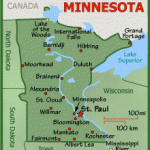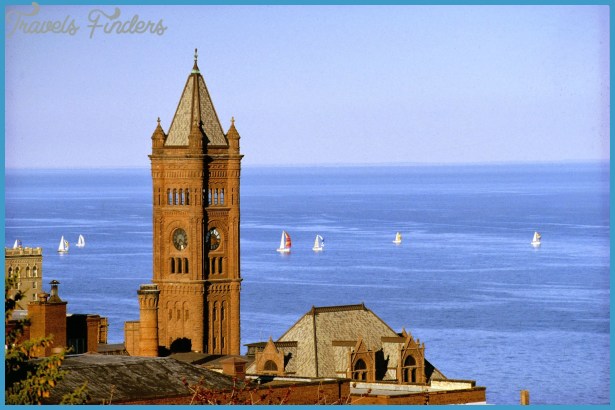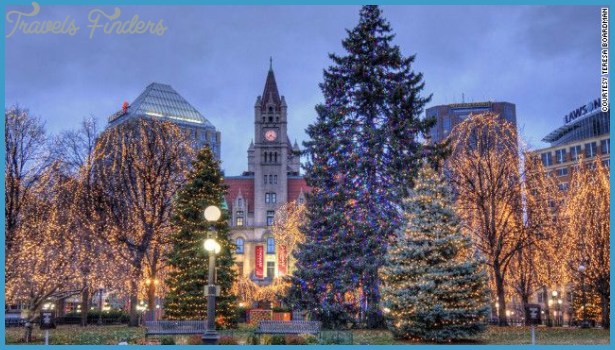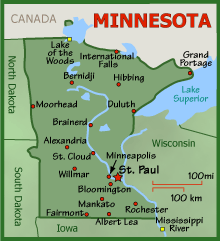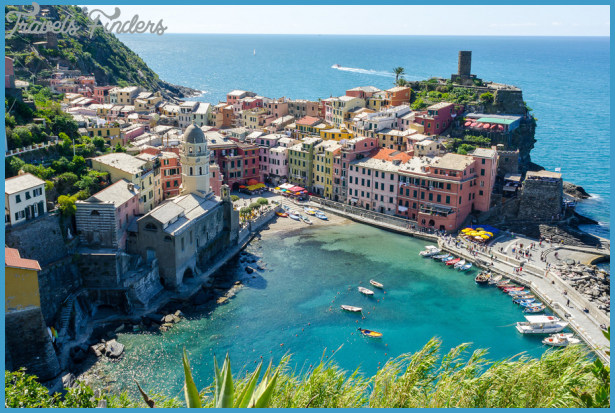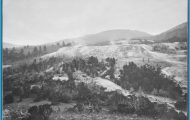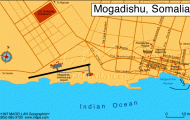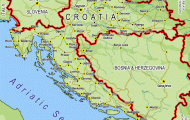Minnesota cultural contributions
Latinos have contributed to Minnesota’s culture through music, food, and commodity production. Beginning in the 1950s Latin music could be heard throughout the Twin Cities. In this era the west side of St. Paul was the hub for several popular Mexican American groups, including Las Hermanas Rangels, Los Rumbaleros, the Augie Garcia Quintet, and the Orquesta Tejana, all of which gained state and regional notoriety. In 1956 the Augie Garcia Quintet opened for Elvis Presley at the St. Paul Auditorium.
In 1962 the Ballet Folklorico Guadalupano was founded on the west side. The dance company has performed throughout the Twin Cities, incorporating the talents of local Latino youth. Today, Latin music and dance continue to be popular in Minnesota. The Latin dance craze has led many Twin Cities’ nightclubs to dedicate one or two weekend nights every week to Latin sound.
Latinos have also contributed to education in Minnesota. In 1971 the Mexican American Cultural and Educational Center opened on the west side of St. Paul. The purpose of the center was to provide additional Latino-focused curriculum to the St. Paul public school system. Classes on culture, history, folk and regional dance, and boxing helped youth learn about and celebrate Latino culture. The center offered a tutorial program for struggling students and housed a Latino Credit Union and the Minnesota Migrant Council until it was forced to close in 1974.
Food is another means through which Latinos have enhanced Minnesotan culture. Latino restaurants and panaderias (bakeries) in the Twin Cities and throughout Minnesota attract a diverse customer base. For example, at lunchtime every table is full at El Burrito Mercado, a popular restaurant and bakery on the west side of St. Paul. There the local Latino community mixes with non-Latinos who go to the eatery for great Mexican food. El Burrito Mercado also houses a Latino grocery store that has a special section of Mexican arts and crafts. The salsa made at El Burrito has become so popular that it will soon be distributed by Target and CUB food stores.
When walking through the west side of St. Paul, it is difficult not to be taken in by the colorful murals that decorate several walls and buildings. The murals are a reminder of the long and powerful history of Latinos in the Twin Cities and of how much they have contributed economically and culturally. Annual Cinco de Mayo and Dla de los Muertos celebrations confirm the vibrancy of Latino culture in Minnesota.
notes
1. Interview by Leah Schmalzbauer with Gilbert de la O, in St. Paul, MN, February 2007.
2. Roethke, 2007.
3. Singer, 2004, 1-34.
4. Fennelly, Immigration and Poverty, 2005; Wilder Foundation, 2004.
5. Bushway, 2001.
6. ACORN, 2004.
7. Interview by Leah Schmalzbauer with Gilbert de la O, in St. Paul, MN, February 2007.
8. Piore, 1975, 67-79.
9. Bushway, 2001.
10. Owen, Ulstad, Shardlow, Shelton, and Cooper, 2004.
11. Ziebarth and Byun, 2002.
12. Ziebarth and Byun, 2002.
13. Kielkopf, 2000.
14. Minnesota Catholic Conference, www.mncc.org.




